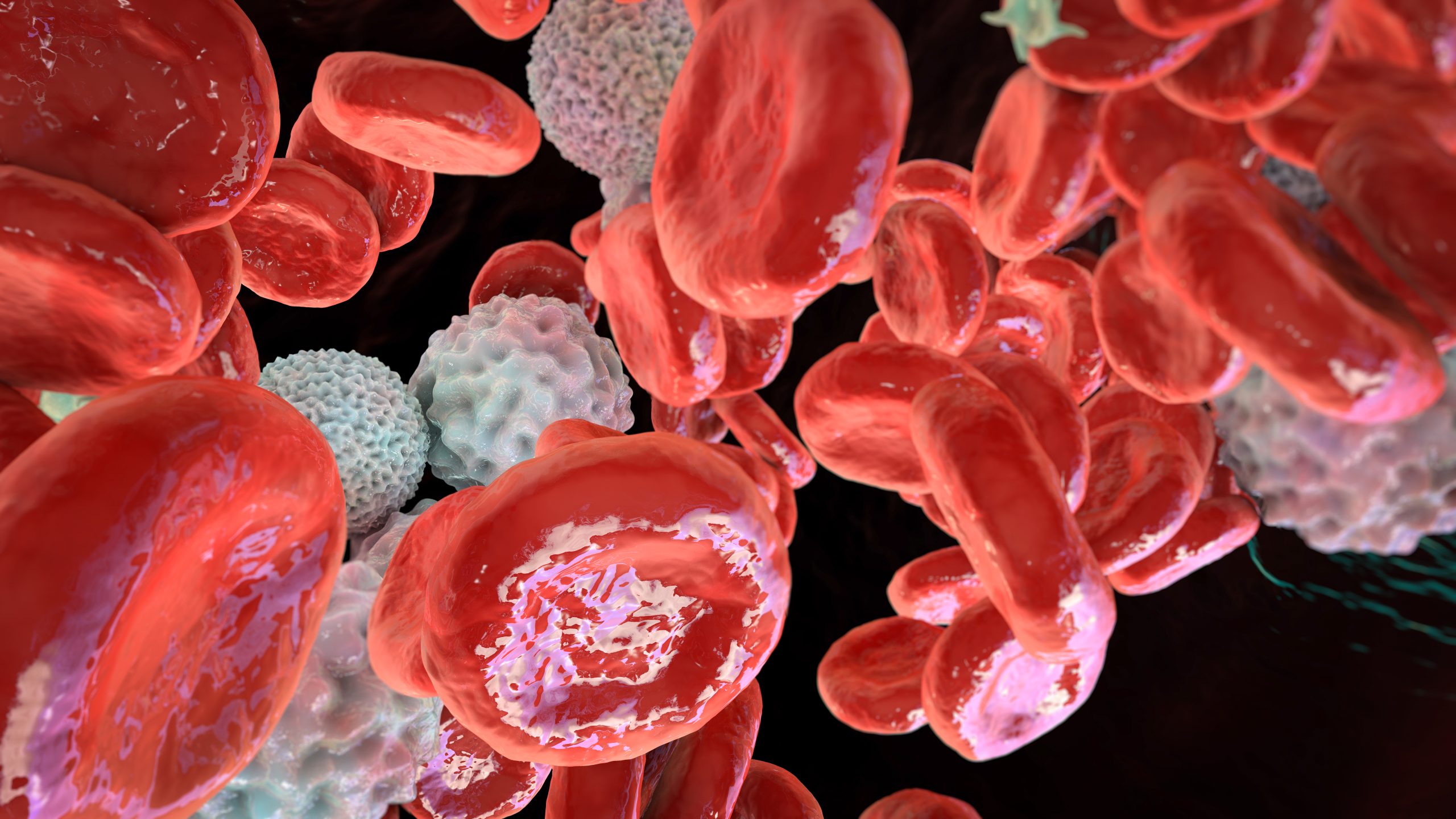
Although myeloproliferative neoplasms (MPNs) are not frequently the cause of ischemic or hemorrhagic strokes in veterans with MPNs based on data from the Veterans Affairs, an analysis of patients supported ongoing surveillance for MPNs and identification of potential driver mutations after a diagnosis of stroke.
Lead author, Natasha Mathur, MD, of the George Washington University Hospital in the District of Columbia, and colleagues added that “there is a strong association of MPN and stroke,” in an abstract presented at the 15th International Congress on Myeloproliferative Neoplasms in Brooklyn, New York.
The researchers wrote their findings also supported “consideration for dual antiplatelet therapy for MPN patients with cardiovascular risk factors to prevent ischemic stroke and having a multidisciplinary discussion between neurology and hematology.”
Stroke Prevalence in MPNs Supports Surveillance and Potentially Dual Antiplatelets
In the authors’ analysis of 586,555 total veterans from Illinois in the Veterans Affairs Informatics and Computing Infrastructure database, they identified ischemic strokes in 237 patients with MPNs and 15,221 without, and hemorrhagic strokes in 26 patients with MPNs and 1,567 without using International Classification of Diseases (ICD)-9 and ICD-10 codes.
Reportedly, MPN was associated with ischemic stroke with an odds ratio (OR) of 3.52 (95% CI, 3.08-4.03; P<.0001) and with hemorrhagic stroke with an OR of 3.54 (95% CI, 2.4-5.23; P<.0001). There was no difference in age at stroke diagnosis between patients with and without MPN; however, patients with MPNs and ischemic stroke had higher rates of hypertension, smoking, and heart failure versus those without MPNs.
Additionally, many ischemic strokes were diagnosed either more than three months prior to MPN diagnosis (n=115; 48.5%) or more than five years following MPN diagnosis (n=98; 41.4%).
Comparatively, the majority of hemorrhagic stroke diagnoses in veterans with MPN were more than three months before (n=14; 53.8%) and within three months of MPN diagnosis (n=7; 26.9%). Finally, among MPN cases with stroke, ischemic strokes had a recurrence rate of 45.18% while hemorrhagic strokes had a rate of 40%.
Reference
Mathur N, Tiu A, McKinnell Z, et al. Clinical characteristics and outcomes of veterans with myeloproliferative neoplasms who developed ischemic or hemorrhagic stroke. Abstract 112. 15th International Congress on Myeloproliferative Neoplasms. November 2-3, 2023; Brooklyn, New York.






 © 2025 Mashup Media, LLC, a Formedics Property. All Rights Reserved.
© 2025 Mashup Media, LLC, a Formedics Property. All Rights Reserved.